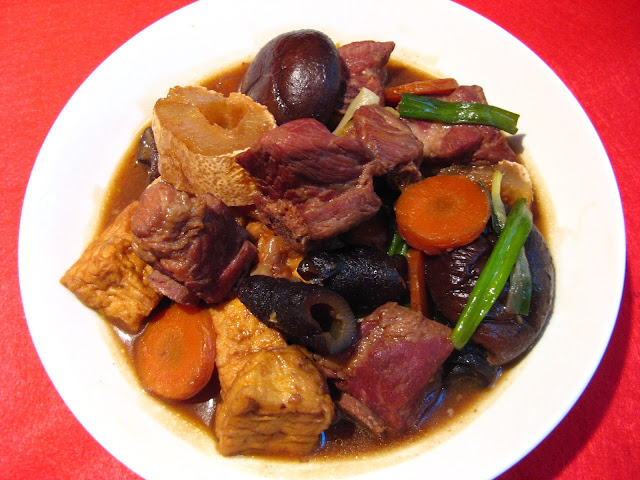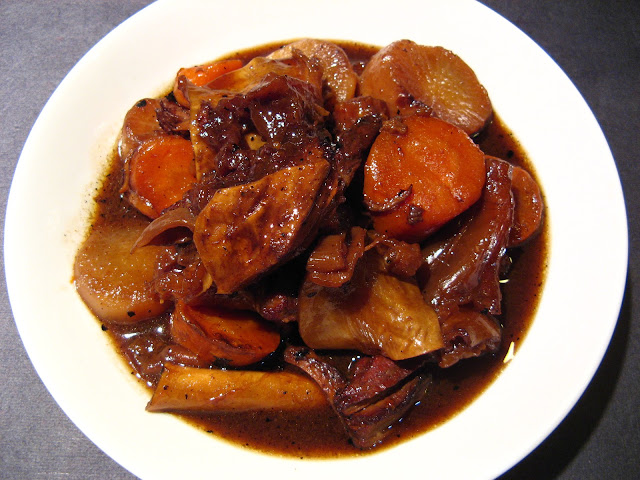This recipe was updated on 07 Jun 2014. Some instructions
and ingredient quantities were changes, and metric measurements added.
Sea cucumber is an ingredient usually reserved for special
occasions. I remember eating this dish at every birthday dinner for my maternal
Grandparents. Sea cucumber also makes appearances at Lunar New Year’s dinners,
so this dish came to mind and seemed appropriate as the first recipe for the
Year of the Snake.
The ingredient is not only expensive, but in its dried form takes
some time to prepare and after rehydration you have to clean out the intestines
before cooking. I used to be able to buy sea cucumber already rehydrated and
cleaned at my local Asian market, but no more. It is now available frozen, so
it needs to be thawed first before cleaning. Sea cucumber can be black or white
in color, with the white version more highly prized and more expensive than the
black. Another name for sea cucumber is sea slug, which doesn’t sound very
appetizing, and it has a firm, jello-like texture (my brother-in-law calls it,
“fish jello”). No matter what you call this ingredient, it really is quite
tasteless and acquires the flavor of the other ingredients it’s cooked with and
the sauce.
Enjoy!






